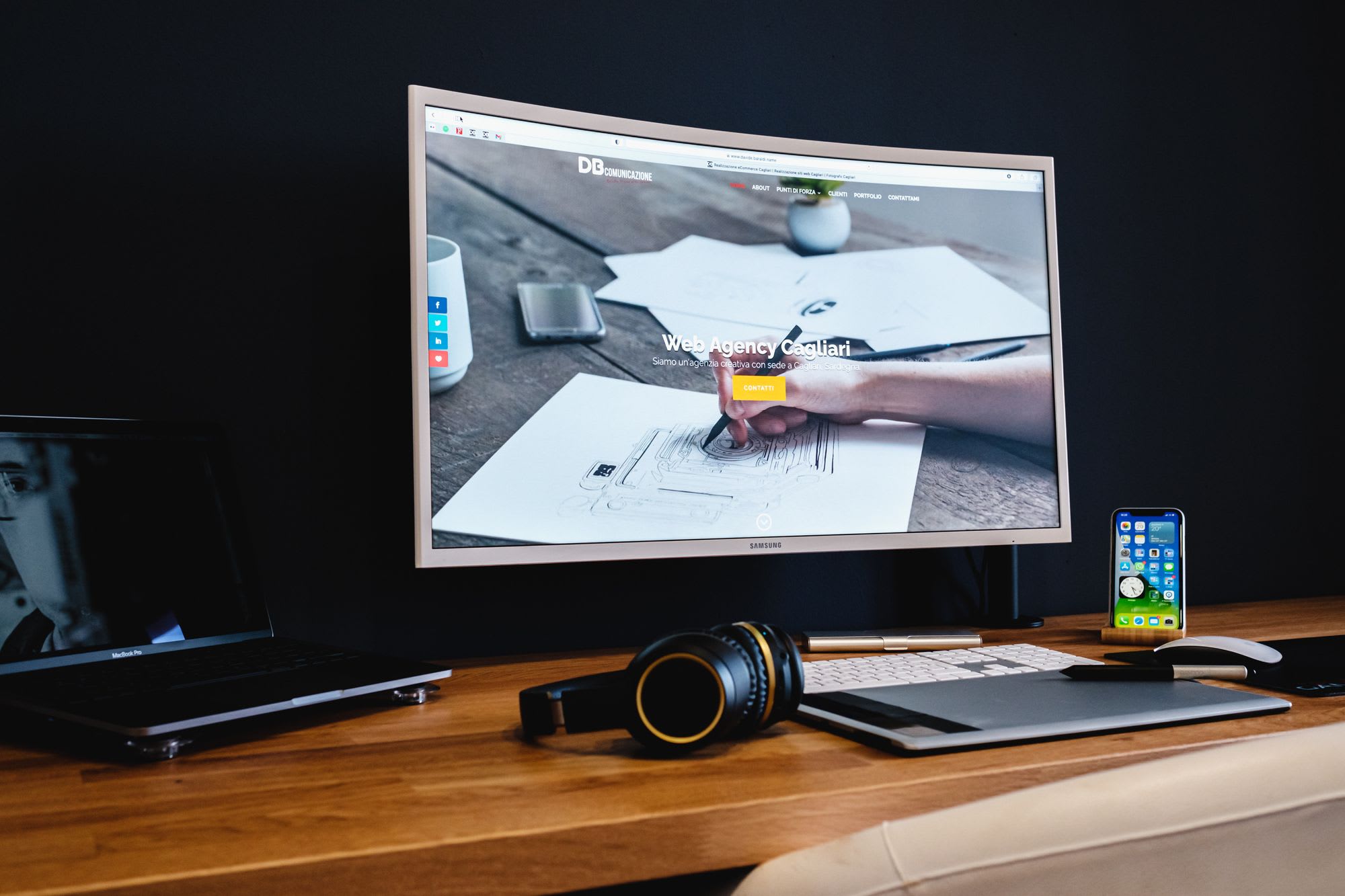
Choosing the right desk for your home office
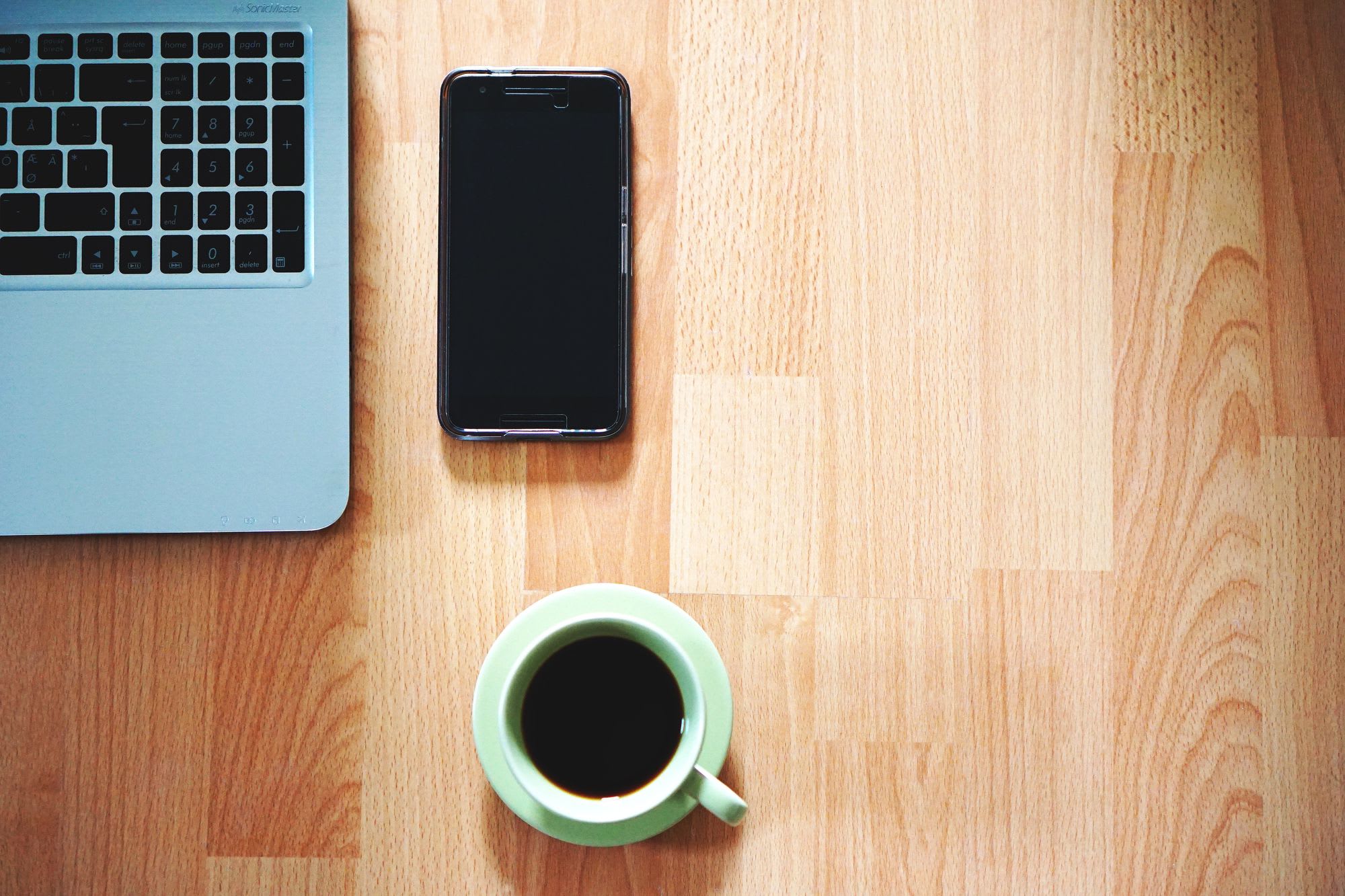
The desk is the centrepiece of any office. It’s the starting point for the design, from which everything derives – such as the placement of IT equipment, lighting, audio and storage.
What to consider when choosing a desk
Size and shape
First, you need to decide how large the desk should be. Generally speaking, the larger the better.
You might want a corner desk, curved desk or one that needs to be custom-made to fit the space – see our article ‘Home Office Location’ for ideas on choose the right office location.
Some questions to think about are:
- What will you put on your desk? e.g. laptop, laptop stand, mouse, keyboard, monitor, speakers, drink, wireless chargers, stationary
- What will you put under your desk? e.g. Nothing, PC, storage drawer, filing cabinets
- Will you have a printer on your desk, or will it be on a separate desk or cupboard?
Will you sit, stand or walk at your desk?
A fixed-height desk will only allow you sit at it.
An adjustable-height desk can allow you to sit or stand at the desk. You can also use an adjustable desk in combination with a treadmill to burn some calories whilst you work.
This video explains that the difference in calories burned whilst sitting or standing is negligible. Walking on a treadmill burns about 200 calories an hour, which a few hours day is significant, but it comes at the cost of being less productive.
For most people, the best option will be to have a fixed desk and to get some exercise at lunchtime or outside of work hours. People with health issue might like a height-adjustable desk that provides the ability to stand for some of the time. A treadmill desk will be good for a small minority of people.
For some work (e.g. crafting), a desk that you can sit or stand at might make sense. Height adjustable desks can come in manual or electronic formats – and you can retro-fit adjustment to your current desk – just make sure you have enough height above the desk for any objects (such as monitors) that you have on it.
If you are interested in a standing desk, I highly recommend you watch this video from David Zhang, where he reviews all the pros and cons of using a standing desk, including what to look out for if you are thinking of buying one. This article lists the top 10 standing desks.
Desk material
Desks typically have a wooden surface, but can also be made of plastic, metal or glass. It should have a smooth surface and be sturdy enough to support monitors, laptops and other equipment.
Some people get a kitchen worktop from Ikea and fix it above legs or filing cabinets/drawers.
If you like to scribble your thoughts as you work, you might want a desk with a whiteboard surface.
Choosing the support
Your desk might need to support a lot of weight, so it needs a suitable amount of support. This might be in the form of legs, or it could be filing cabinets.
Choose a colour
The colour of the desk might be determined by the material – you might want it to be made of a wood that matches other wooden items in your room. You might want a metal surface, glass surface or a surface with a colour that stands out. Or you might want a ‘neutral’ black or white desk that you can accent with colours, such as green accessories (mouse mat, pen holder, etc.).
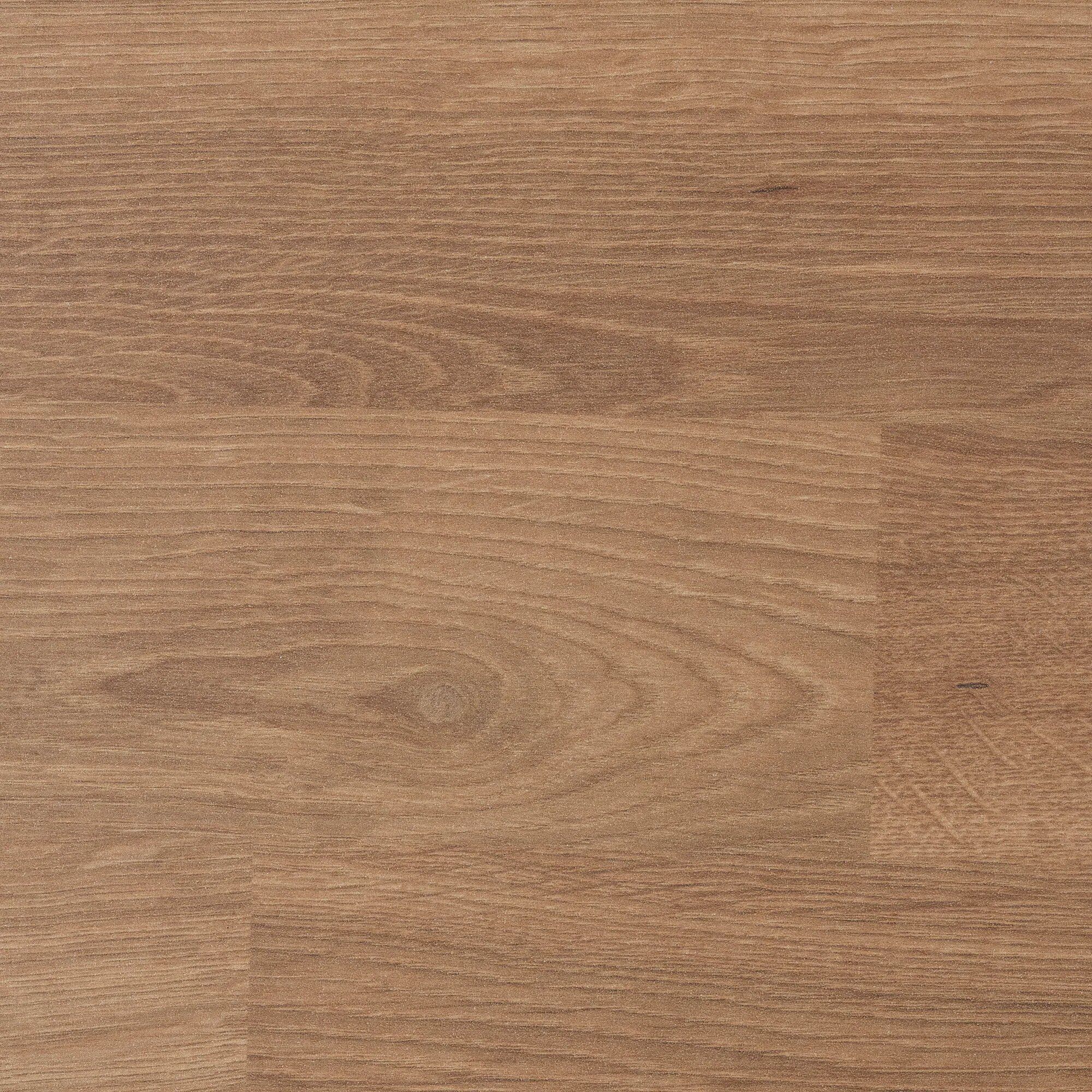

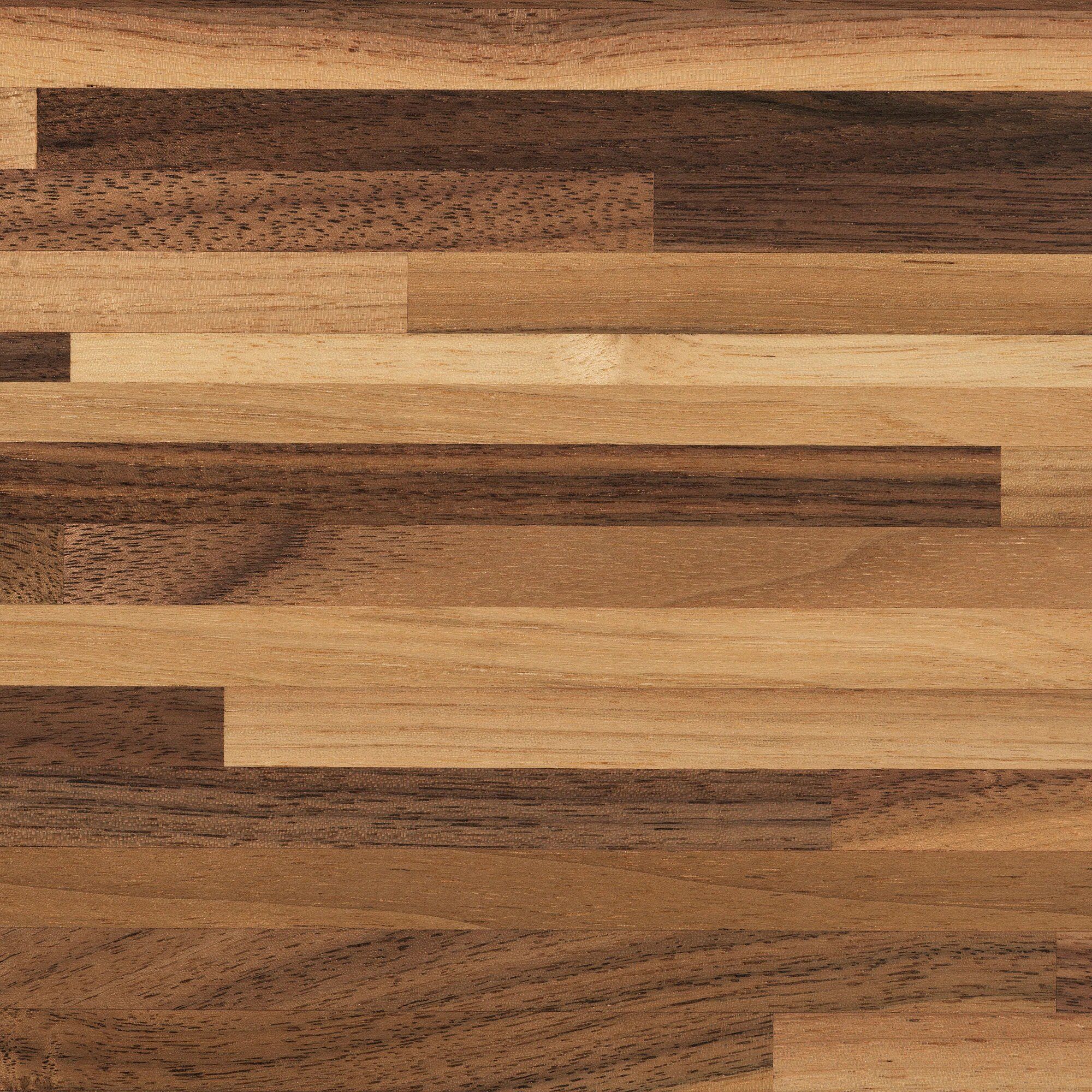
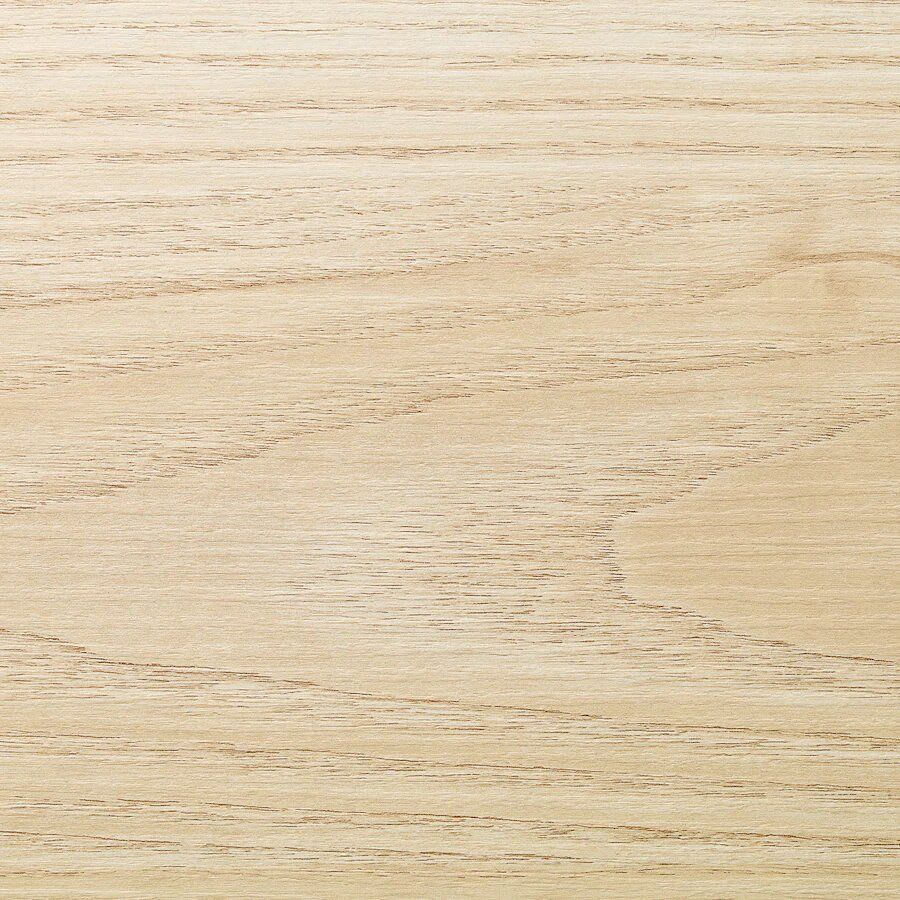

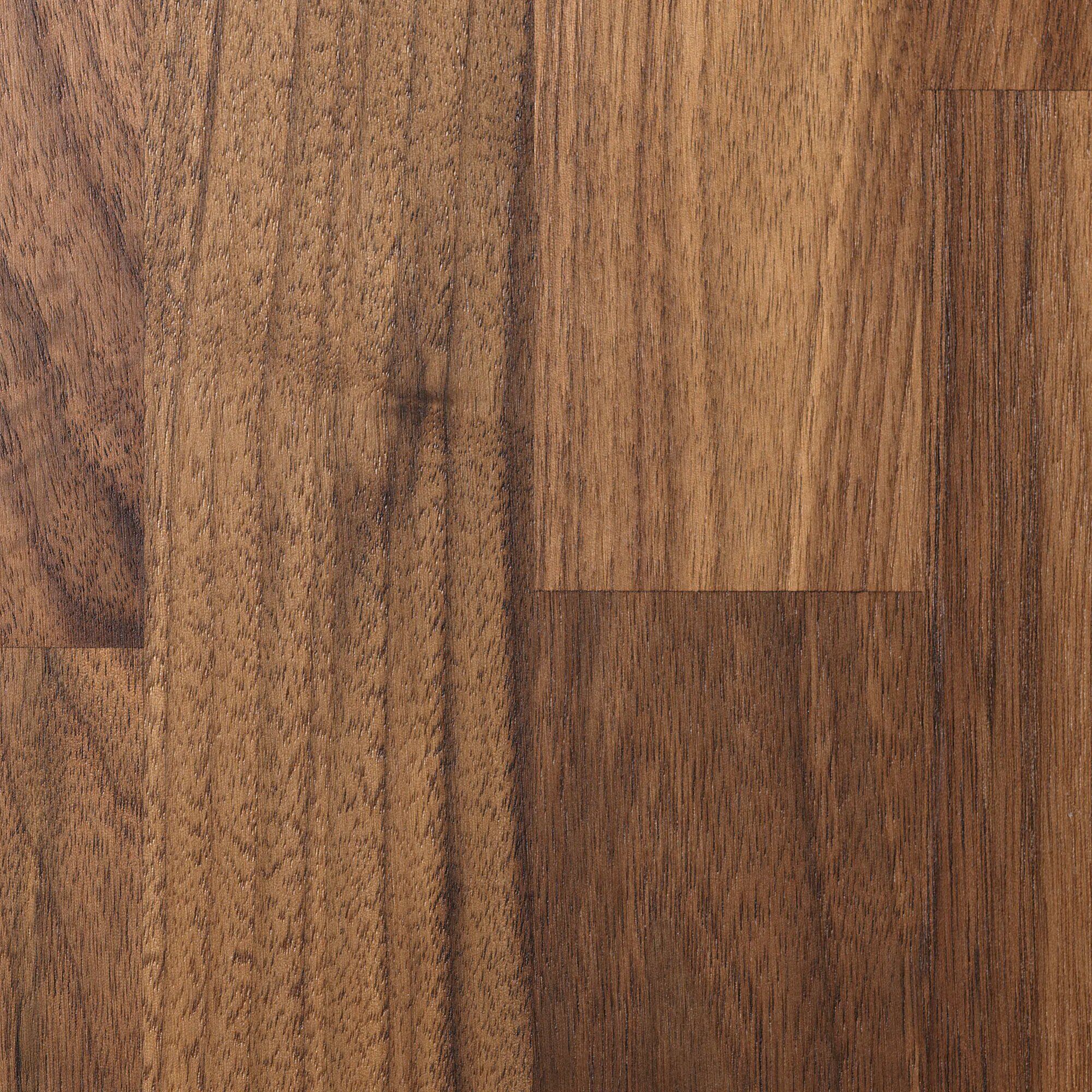


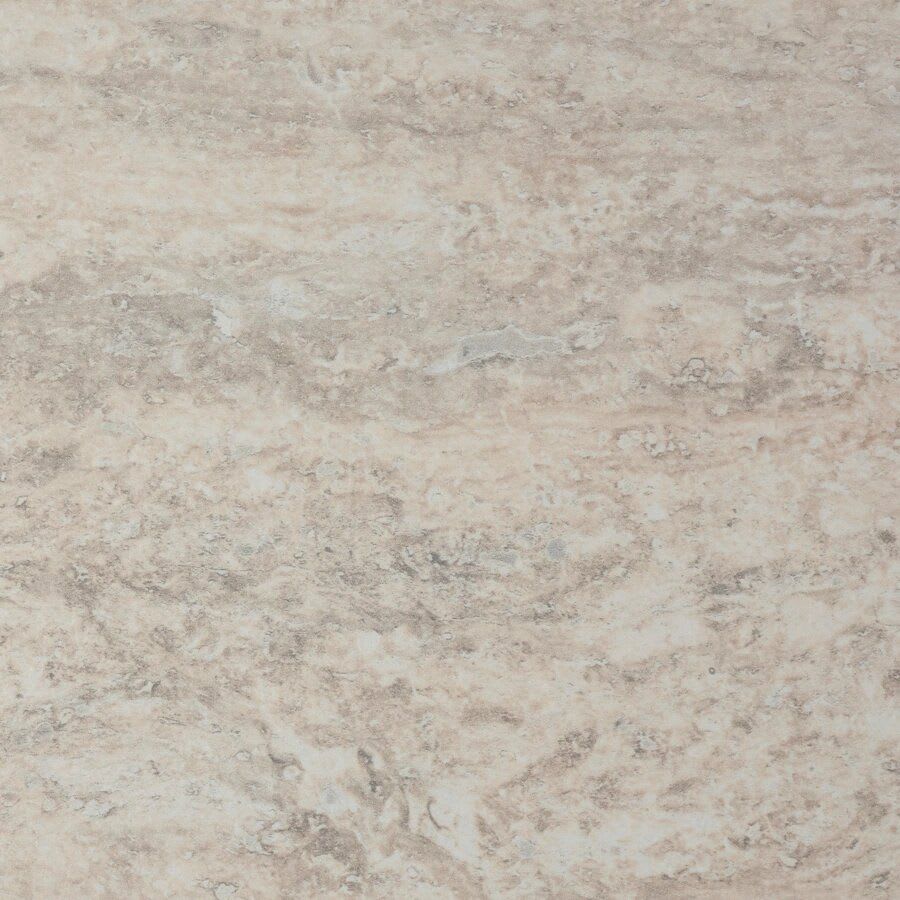
Additional features
You might want a desk with one or more of these features:
- Pull-out drawer for your keyboard and mouse
- Integrated wireless charging pad
- Storage drawers
- Integrated cable management
- LED lighting
Finding inspiration for your perfect desk
Pinterest is a great site to see lots of ideas. Use the text search bar at the top (e.g. enter ‘desk’) and the suggested keywords below it to filter your ideas until you find some designs you like. Select and add ideas you like to your personal ‘Pinterest board’.
Quick tip – I name my boards like this, so I can categorise items:
- Home – Bedroom
- Home – Bathroom
- Home – Garage
- Home – Office
Some retailers such as Ikea have a full range of items for the home office and display them in mock-up rooms within their showrooms. It’s worth having a look at these in person to get ideas.
There are lots of example and how-to videos on YouTube, here are some of my favourites:
